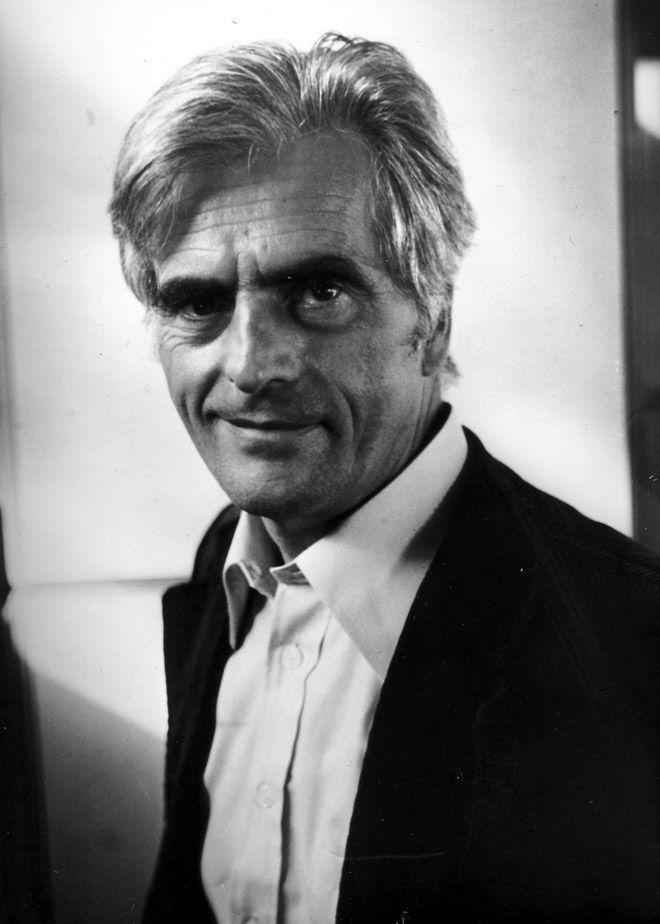Frei Otto

L’architettura della natura. Forme e costruzioni della natura e della tecnica e processi della loro formazione, Il saggiatore, Milano 1984, p. 107.
La casa
La casa è l’elemento fondamentale del costruire e quasi l’origine di tutte le tecniche. È inoltre l’oggetto più affine alle costruzioni degli animali e, quindi, alle realizzazioni tecniche nella natura vivente. L’uomo è anche in grado di costruire case senza progettarle e dunque senza l’intervento di architetti. Ma la casa attuale, realizzata da architetti e specialisti, è artificiale o, almeno in parte, innaturale.
La casa attuale non è soltanto protezione di fronte alle forze della natura, ma è pure segno della vittoria dell’uomo sulla natura stessa. Se essa è almeno parzialmente un simbolo, è sempre stata però anche uno spazio che racchiude un ambiente creato dall’uomo. Quindi può pure diventare un luogo intensamente animato, per nulla ostile alla natura, in grado di ricreare in piccolo una rappresentazione artificiale del mondo originario, la copia del paradiso. Che cosa vuole e che cosa può realizzare l’architettura? Il costruire primitivo si è trasformato col tempo nell’arte dell’architettura. Ma non abbiamo ancora un’architettura sensibile, quasi duttile, che integri fisicamente e psicologicamente l’uomo nel suo ambiente; tuttavia noi tendiamo ad un’architettura della ragione che offra una grande visione di sintesi, in cui ogni singolo oggetto della natura, pur conservando la propria individualità, sia insieme una parte del Tutto. Ma non è sufficiente affermare di non voler più costruire contro la natura, per costruire finalmente in modo naturale, dobbiamo pure indicare nuove soluzioni, suggerendo come operare in modo naturale. E anche dopo aver fatto proposte concrete – e tante ne sono necessarie – dobbiamo tuttavia averne comunque pazienza.
[…] Noi non cerchiamo nessuna alternativa che non si possa coraggiosamente sperimentare. Tendiamo all’architettura del domani.
Per me non è difficile immaginare che per ogni luogo di questa terra, per ogni situazione e combinazione di pietre, piante, animali, uomini e clima, esista una sola specifica soluzione ottimale e un’unica «totalità» particolare. Così posso pensare che per ogni individuo ci debba essere un proprio spazio insostituibile. Forse la tipica casa di oggi è superata, di sicuro lo è la casa a schiera, prodotta in serie. Noi ci auguriamo che il modo naturale di costruire possa avere d’ora in poi un ruolo sempre più importante nell’architettura. E si potrebbe già sviluppare la tendenza generale a costruire in modo naturale, in particolare di fronte ad ogni costruzione, progetto azione o proposta riguardante l’ambiente ci si chiedesse sempre in che misura un determinato intervento è naturale, o non potrebbe per caso esserlo ancora di più.
L’architettura della natura. Forme e costruzioni della natura e della tecnica e processi della loro formazione, Il saggiatore, Milano, 1984, p. 107.
The house
The house is the most basic building component and nearly all out knowhow stems from it. It is also the closest thing we have to what animals construct and, therefore, to the technical achievements of living nature. Man is also able to build houses without designing them and, therefore, without the intervention of architects. But the house today, created by architects and specialists, is artificial or, to some extent at least, unnatural.
Today, a house not only offers protection from the forces of nature but it is also a sign of man’s victory over nature itself. If it is at least partly a symbol, it has also always been a space that encloses an environment created by man. Therefore, it can also become an intensely animated place, not at all hostile to nature, which can recreate on a small scale an artificial representation of the original world, a copy of paradise. What does architecture strive for and what can it do? Over time, primitive construction has been transformed into the art of architecture. But we do not yet have a sensitive, ductile architecture that physically and psychologically integrates man with his environment. Nevertheless, we tend towards an architecture of reason that offers great visual synthesis, in which every single object of nature, while retaining its individuality, is also part of the whole. However, to build naturally it is not enough to say that we no longer want to build against nature, we must also indicate new solutions, suggesting how to do things in a natural way. And even after making concrete proposals – and many are needed – we must in any case still have patience.
[…] We do not seek any alternative that cannot be bravely experimented. We tend towards the architecture of tomorrow.
For me it is not difficult to imagine that for every place on this earth, for every situation and every combination of stones, plants, animals, men and climate, there exists only one specific optimal solution and a single particular “totality”. So, I think that each individual must have their own irreplaceable space. Perhaps the typical house today has been superseded. This is definitely true for the mass-produced row houses. We hope that the natural way of building can henceforth play an increasingly important role in architecture. And a general tendency to build things in a natural way can be reinforced, especially for any type of construction, project, action or proposal concerning the environment, if we always asked ourselves to what extent a particular work is natural, or if it could by any chance be more natural than it is.

 English
English